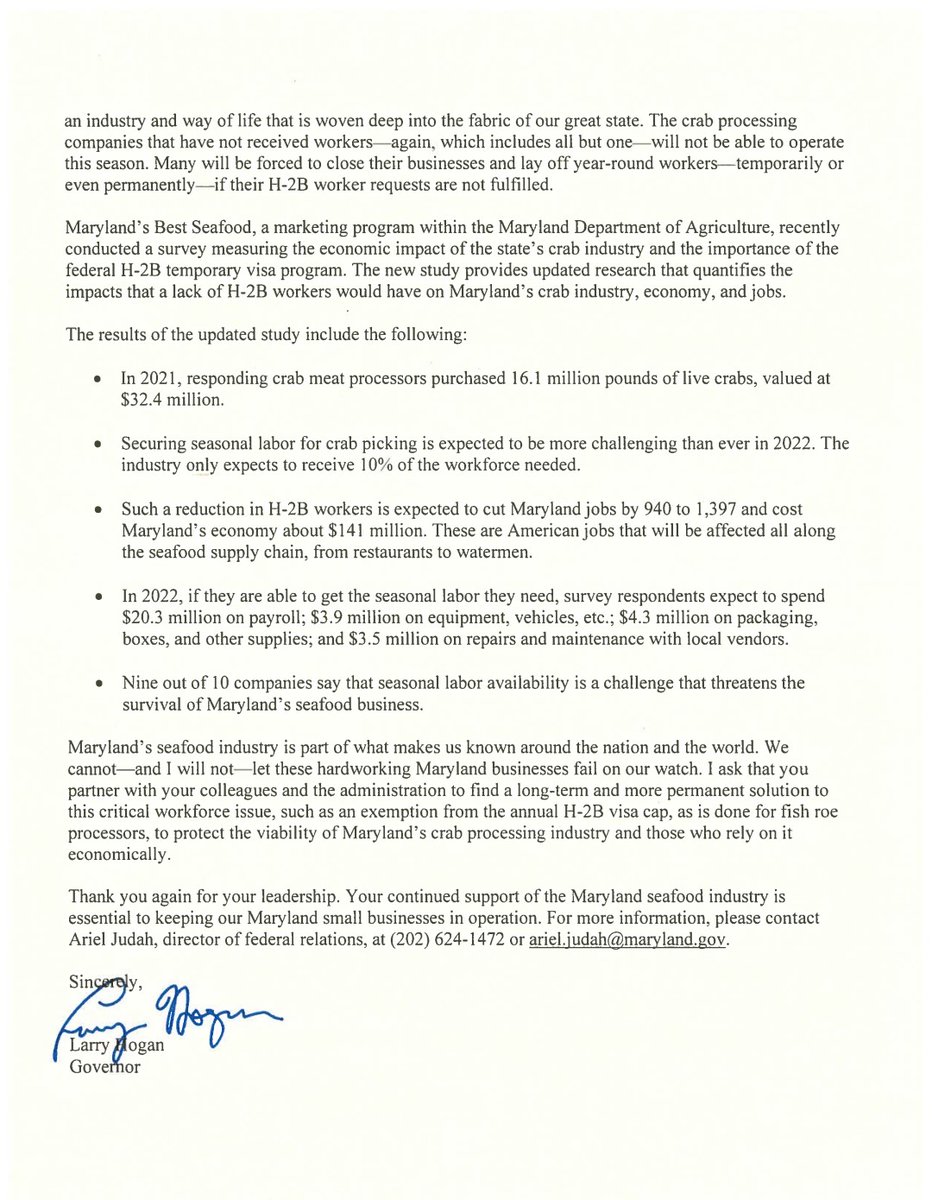
It so happens that each database contains the tables shown in Figure 11.1. In each case, the school will use the database to support its daily operations and administrative functions. The students at this school, however, are restricted to learning no more than two instruments due to school policy the school's inventory of musical instruments is very limited.Ĭoincidentally, both schools are in the process of designing their own database. In another part of town, the music department at Lake City High School (a private school) also imbues its student musicians with a high quality of musicianship by helping the students focus their musical studies. The students are able to attain this level of musicianship because they're encouraged to focus their musical studies and restrict themselves to learning no more that two instruments. The business rule is what makes the S HIP D ATE field's value contextually meaningful.īecause business rules depend on the manner in which an organization perceives and uses its data, it is quite possible that a particular rule can be used by several organizations, but for completely different reasons.įor example, say that the music department at Bel Air High School is known far and wide for the quality of musicianship it develops in its student musicians. Without this constraint, you could enter any date into the field (including one prior to the O RDER D ATE), making the S HIP D ATE field's value absolutely meaningless. It will help ensure that the value of S HIP D ATE is meaningful within the context of a sales order. This particular business rule imposes a constraint on the Range of Values element of the field specifications for a S HIP D ATE field. The following statement is an example of a typical business rule:Ī S HIP D ATE cannot be prior to an O RDER D ATE for any given order. Each organization has its own data and information requirements, and each has its own unique way of conducting its business therefore, every organization needs its own specific set of business rules. It is next to impossible to create a generic set of business rules that could apply to two or more organizations. These rules will influence a wide variety of database issues, such as the data you collect and store, the manner in which you define and establish relationships, the types of information that the database can provide, and the very security and confidentiality of the data itself. To guide these and other choices you'll be required to make during the database-design process (and later, when you implement the database in an RDBMS), you need a formal statement of the organization's business rules. A hospital may wish to store times of various events to the second, whereas a warehouse requires only the date for any given event.


The data you finally choose to store and how you decide to store it will be determined by the way the organization uses its data. In database design, for example, you must choose which data to store in the database you would not necessarily want or need to store every last piece of data the organization might possibly use. You base a business rule on the way the organization perceives and uses its data, which you determine from the manner in which the organization functions or conducts its business.Īn important aspect of any design process is making choices. A business rule is statement that imposes some form of constraint on a specific aspect of the database, such as the elements within a field specification for a particular field or the characteristics of a given relationship.


 0 kommentar(er)
0 kommentar(er)
